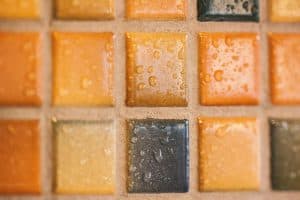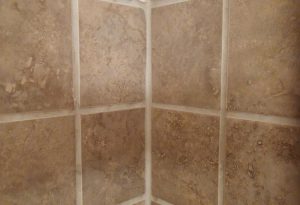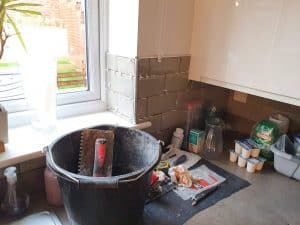How Do You Fix Thick & Uneven Grout Lines?
Construction workers are notorious for cutting corners when they know no one is looking or as they get closer to the finish line. One of the last bits that they need to work on includes filling grout between tiles. It isn’t uncommon to find thick and uneven grout lines when you move into a new construction … Read more









